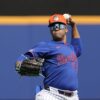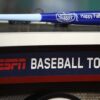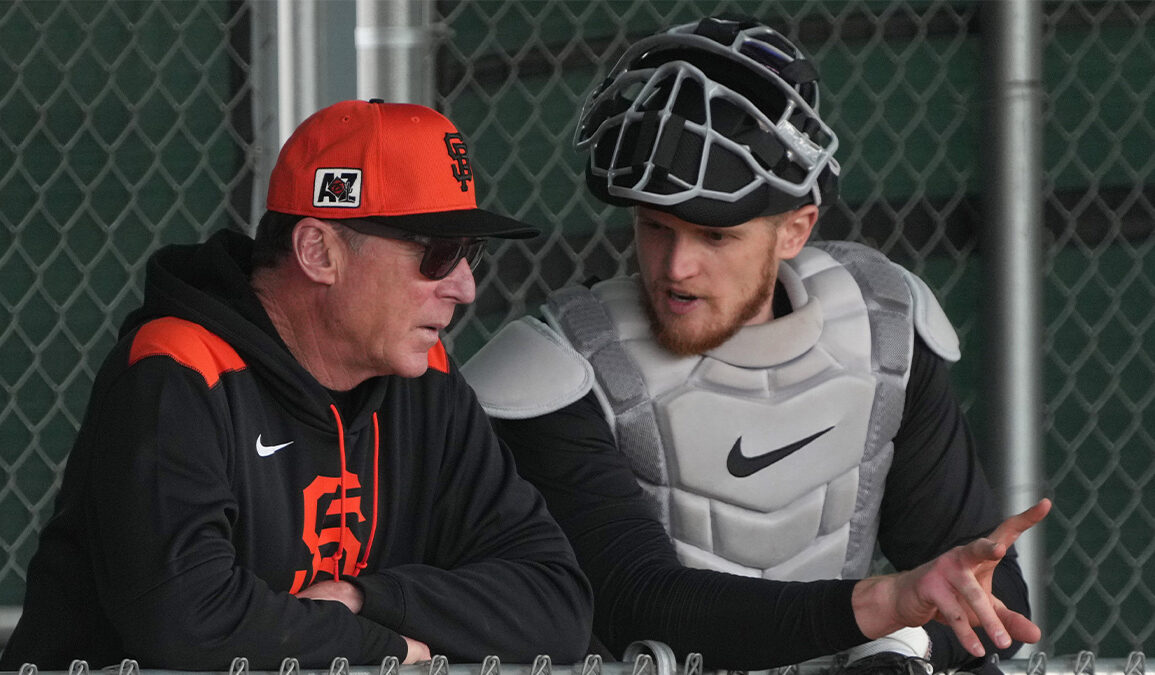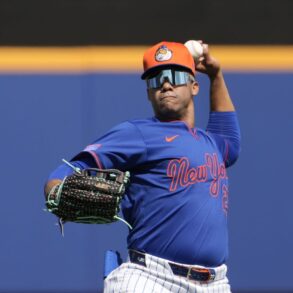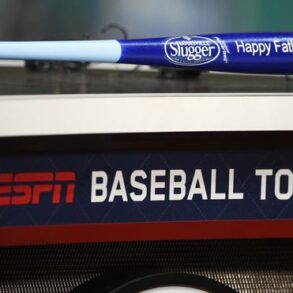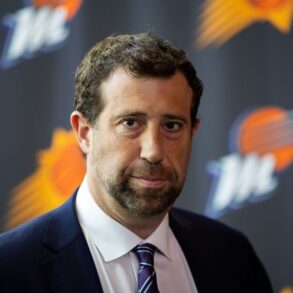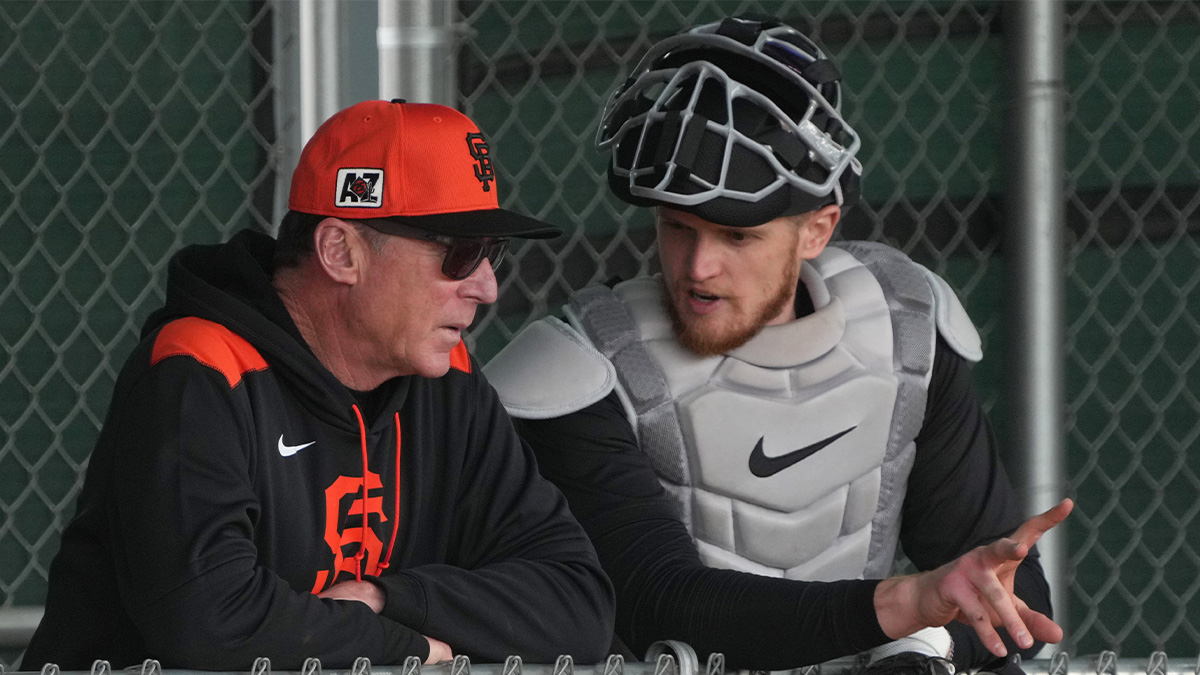
SURPRISE, Ariz. — The ABS system does something interesting to a ballpark. When a pitch is challenged, every head immediately turns to the scoreboard to watch the animation showing whether it was a ball or strike and whether the challenger was correct or not. On Saturday, that meant just about everyone missed Sam Huff’s reaction.
As the Giants got a call overturned in the first inning, Huff turned to the home dugout at Surprise Stadium and shot finger guns at some former teammates. It was a fun moment for the catcher, who was drafted by the Rangers in 2016 and spent time in the big leagues each of the past three seasons. It was also a first for his new organization.
Huff became the first Giant to challenge a ball or strike call under the automatic ball-strike challenge system, which MLB is trying in more than 60 percent of exhibition games this spring. Minor leaguers have gotten used to it, but this was the first time most of the Giants got a look at how it actually works.
“It takes you by surprise,” manager Bob Melvin said. “The timing of it, I guess, is supposed to be pretty quick. We’re still getting to learn it a little bit.”
Melvin met with his team earlier Saturday to give out some soft rules about how to use ABS this spring. The Giants don’t intend to hold their challenges — teams get two — for late in games. They want to see how this all works, knowing that it could be part of MLB games as early as next year.
The early returns were encouraging, and not just because the Giants were on the winning end of two early challenges while their pitchers were on the mound. The system, at least at Surprise Stadium, was incredibly fast. Huff said both he and umpire John Bacon had never seen it work that quickly before.
There were three early challenges, all of which involved Huff. With two outs in the first inning, Landen Roupp threw a low sinker that was called a ball. Roupp felt it nicked the bottom of the zone, but Giants pitchers have been told — not just here, but in Triple-A — not to be the ones to challenge. Roupp tilted his head at Huff, who had also thought it was a strike. Huff tapped his helmet to ask for a challenge.
“I thought it was a strike the whole way,” Roupp said. “I’m glad he did that.”
With two outs and two strikes in the bottom of the third, lefty Enny Romero froze Rangers infielder Josh Smith with a low slider. As everyone started to walk off the field, Smith patted his helmet. Bacon immediately announced to the ballpark that Smith was challenging the strikeout, and as he talked, the animation showed on the scoreboard. The whole thing took just a few seconds, which is promising and makes it easy to see how MLB could soon use this exact system.
Between those two challenges, Huff hit a 422-foot two-run homer to dead center. He said facing his former team was emotional, and the day couldn’t have gone better for someone who now has a real shot at making the Opening Day roster. Huff is the third catcher on the 40-man roster and the current backup — Tom Murphy — is seeking a second opinion on his strained oblique.
In the fourth inning, Huff was at the plate when Rangers catcher Kyle Higashioka challenged an outside pitch that had been called a ball. The quick review showed that the pitch shaved the edge of the zone, and instead of being up 1-0, Huff found himself in an 0-1 hole.
“Oh I hate it,” a laughing Huff said of the call that cost him count leverage. “I was looking at the whole dugout and they were laughing. But I knew it clipped (the zone). I knew they were going to say something.”
That’s the flip side of the new challenge system. At times it’s going to help you, and at times it’s going to sting. But the important thing was that a few additional calls were the correct ones on Saturday.
Download and follow the Giants Talk Podcast
This post was originally published on this site be sure to check out more of their content.


